In this article, we will discuss & find out the reason for using water purifier in India.
UniqHom brings you complete information on water purifiers
We will answer the most critical questions regarding the need for a water purifier, TDS of water, types of purifier & finally, which purifier you need for clean water.
So, let’s dig into all topics. 😊
Table of Contents
Sources of Water Supply
Water is essential for our body to function. Earth has 70% water.
The water available naturally is in pure form when it rains. Flowing through various streams, it gets collected in several big dams, ponds, wells.
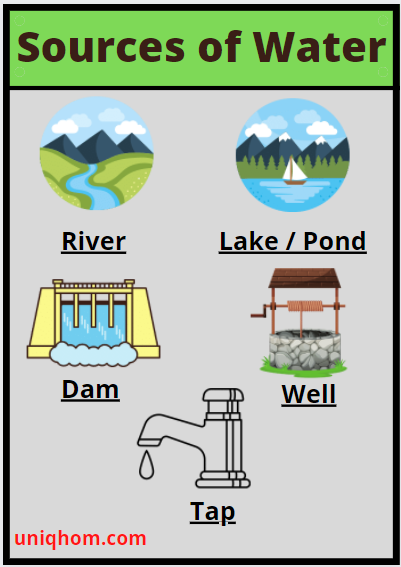
The water contains essential minerals, salts, etc. It is essential for our body’s routine functions.
The contamination starts at these water resources, which subsequently reach our home
The contamination level of water depends on the amount of untreated industrial waste, human & animal waste, garbage, untreated sewage, chemical effluent & components released in & around these water bodies.
The water quality starts to degrade & get worse with the continuous addition of these elements.
Bacteria present in polluted water causes diseases in humans such as food poisoning, cholera, and typhoid fever.
If water container minerals more than the required amount, it also causes health issues.
Over the decades of industrialization, human intervention into nature, our ignorance of cleanliness has contaminated water resources.
The level of contamination is increasing day by day as our cities are growing.
Are our traditional techniques of filtering not enough?
Traditionally technique consist of boiling water & filtering it with a cloth.
These techniques are effective but do not produce healthy drinkable water.
The boiling of water only helps kill the bacteria available in it, and the dead bacteria remain in the water.
Boiling is effective in killing bacteria, but it also removes minerals present in water. Afterwards you must have observed a change in the taste of water.
Only boiling of water does not help to reduce TDS of water.
While filtering with a cloth will only remove large particles such as mud. Small particles, heavy metals, minerals, salts, etc., will pass through the cloth easily.
With this technique, we will not filter effectively & may cause health issues if you continue to drink this water for a long time.
TDS of this type of water keeps on changing. We are not sure of TDS & whether is it good to drink or not.
What is TDS in water?
TDS refers to Total Dissolved Salts. These are the components present in the water after the filtration process & greater than 2 microns. It is measured in ppm (parts per million) from 0 to 1000 & more.
High TDS means high hardness present in water & does not fit for consumption.
The pure water does not have any salts & it is tasteless.
The taste of water depends on salts dissolved in it. These dissolved salts are necessary to give a palatable taste & our body to get nutrients in the required amount.
However, excessive salt and minerals are not suitable for the human body.
Hence, we need to ensure the TDS of water is within acceptable limits.
Why do we need to measure the TDS of water?
- High TDS water is not drinkable.
- Health issue arises due to high TDS water.
- Hard water corrodes pipes & may give a metallic taste to water.
- Hard water is not suitable for household usage as well.
You can easily measure the TDS of your water with a TDS meter. You can surely invest Rs 100 -200 to know the TDS level of your water & safeguard your family.
This TDS meter is available on Amazon. To check the price, click here.
The range for drinking water acceptability is as per the below table.
| TDS Level in parts per million(ppm) | Drinking Quotient |
| Below 50 | Not Good |
| Between 50-150 | Good |
| 150-250 | Excellent |
| 250-300 | Fair |
| 300-500 | Poor |
| Above 500-1000 | Very poor. |
| Above 1000 | Unacceptable. |
TDS Level & Drinking Quotient.
If you wish to read more on water TDS in drinking water, pls click here for the WHO article.
Generally, you can use the following water purifier based on the outcome from the TDS meter.
- If TDS is less than 150-400- Use UV, UF Water Purifier.
- When TDS is greater than 400 -1000 – Use RO Water Purifier.
- If TDS is greater than 1000- Domestic Water Purifier cannot help. A water softening solution needs to use for it than a water purifier.
Why water purifiers is the solution to these problems?
Science & technology has made it possible to reduce the TDS of water & make it drinkable.
With different filtration methods & filters, we can achieve safe drinking water.
All these processes are clubbed together to make a water purifier unit.
You can install a water purifier at home to get clean & drinkable water for your family.
It has multiple processes that remove excess salt, unwanted minerals, kill bacterial & make water safe for human consumption.
There are different water purifiers available online in India to choose from as per your need & requirements.
What are the types of purifiers available?
The water can be purified by using mainly three purification techniques: UF, UV, & RO.
All three have their own merits & demerits, though.
Let’s see them in detail to understand the difference between them & to see which is best suitable for your home.
UF Purifiers.
The UF is a short-term for Ultrafiltration. This method uses a sheet membrane to filter water.
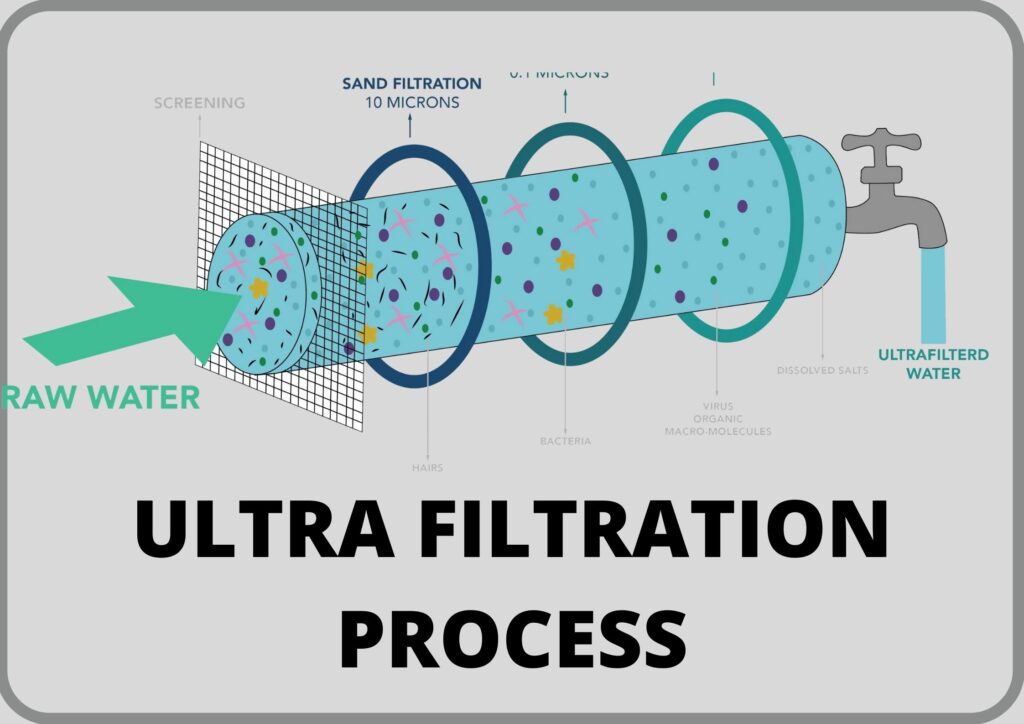
It can filter up to 0.025 microns. Just for getting a better idea, the diameter of human hair is about 70-80 microns. So, imagine how tiny particles, bacteria it can filter out.
With super fine membrane technology, it effectively filters bacteria, viruses, microorganisms, inorganic solids present in water.
Advantages of UF filtration –
- Electricity is not needed for its operation.
- You can use your regular tap water for it & do not require a high-pressure water source.
- It does not waste water during the purification process.
- Cost-effective as compared to other purifiers.
- Low maintenance cost.
Disadvantages of UF filtration –
- These water purifiers do not remove dissolved solids from water.
- You will not be able to ensure the TDS of water produced with UF Purifiers.
UV Purifiers.
The UV stands for Ultraviolet. It is a light that can kill bacteria, viruses & other microorganisms present in water.
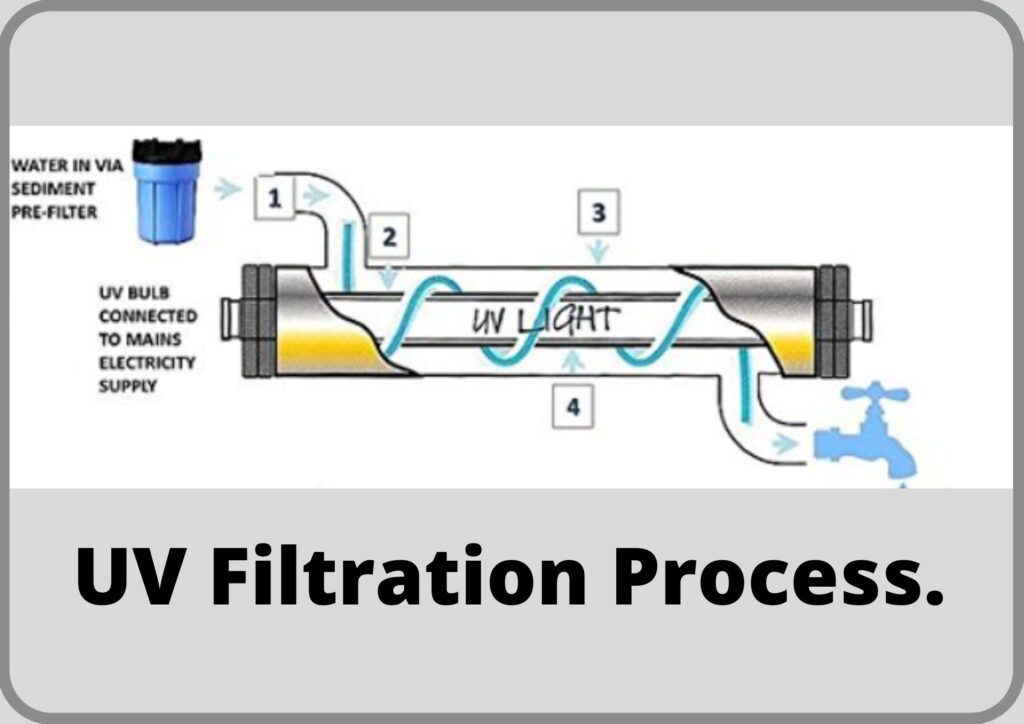
The UV radiation disrupts the DNA of microorganisms with the radiation of 254 nm wavelength. This stops the reproduction of bacteria in water & is the most effective way of making water 99.9 % germ-free.
The UV lamp is placed in glass quartz & fitted in a chamber that passe the water. It kills bacteria present in it & gives safe water for drinking purposes.
Advantages of UV filtration –
- The UV-treated water is entirely safe, unlike chemical disinfectants.
- It does not add any chemical to water like chemical disinfectants such as chlorine.
Disadvantages of UV filtration –
- UV only kills the bacteria & does not remove deactivated organisms (dead bodies).
- It needs electricity to operate.
- The chamber heats water when water is stable & not running through the chamber.
- UV lamps need to change after one year of use for safety due to mercury being used.
RO Purifiers.
The RO stands for Reverse Osmosis.
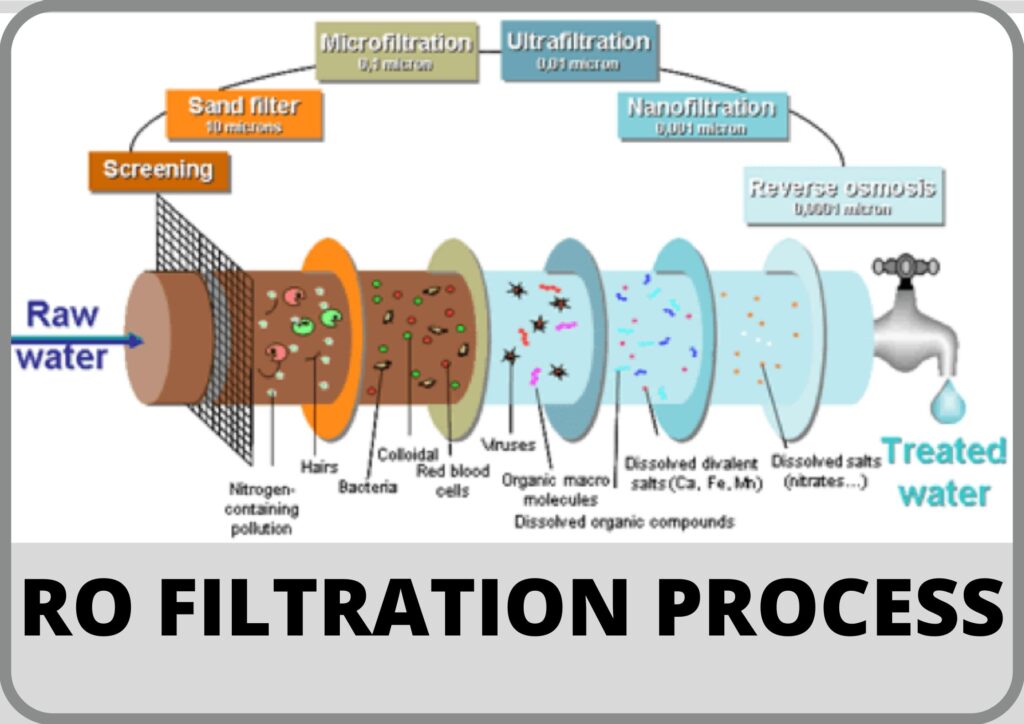
The RO is a semipermeable membrane that has tiny pores on it. The water can pass through it but not the contaminants due to its micro size.
Upon filtration, it gives drinkable water on one side, whereas it gives wastewater on the other side.
RO system removes sediments & chlorine with the help of a prefilter & then passes water through a semipermeable member to remove dissolved salts. It has different stages from 3-to 7 depending on its filters.
Advantages of RO filtration –
- Effectively removes sediments, dissolved salts, dirt, debris, etc.
- Removes all necessary impurities to a great extent to give clear water.
- Reduces bad taste or odour from water.
- Installation is easy.
Disadvantages of RO filtration –
- The RO does not kill germs/bacteria present in water.
- A lot of water is wasted during the process.
- Higher cost in comparison with UF, UV.
- Maintenance cost is high due to the change in several membranes used.
- Now, you must be a little confused & thinking that every filtration process has its disadvantages.
- How do we get drinkable & safe water?
- The solution is to combine all these processes in a single unit called UF+ UV or RO water purifier.
You may read – 7 Best water purifier in India.
Final Thoughts.
Water purifier has become basic need in our home. With increase in water pollution, need for water purifier also increased to have healthy & safe drinking water. Even though you are getting water supply from municipal corporation, you need to check TDS of water to ensure it is within limits.
Based on your TDS of water, you may go for UV + UF filtration water purifier or full RO water purifier.
You can choose additional features if budget allows, otherwise you can purchase a basic RO water purifier to serve the purpose.
Pls share this article with your friends & family who might get benefit from this information.
Do put your question in comment box & we will be happy to answer it.


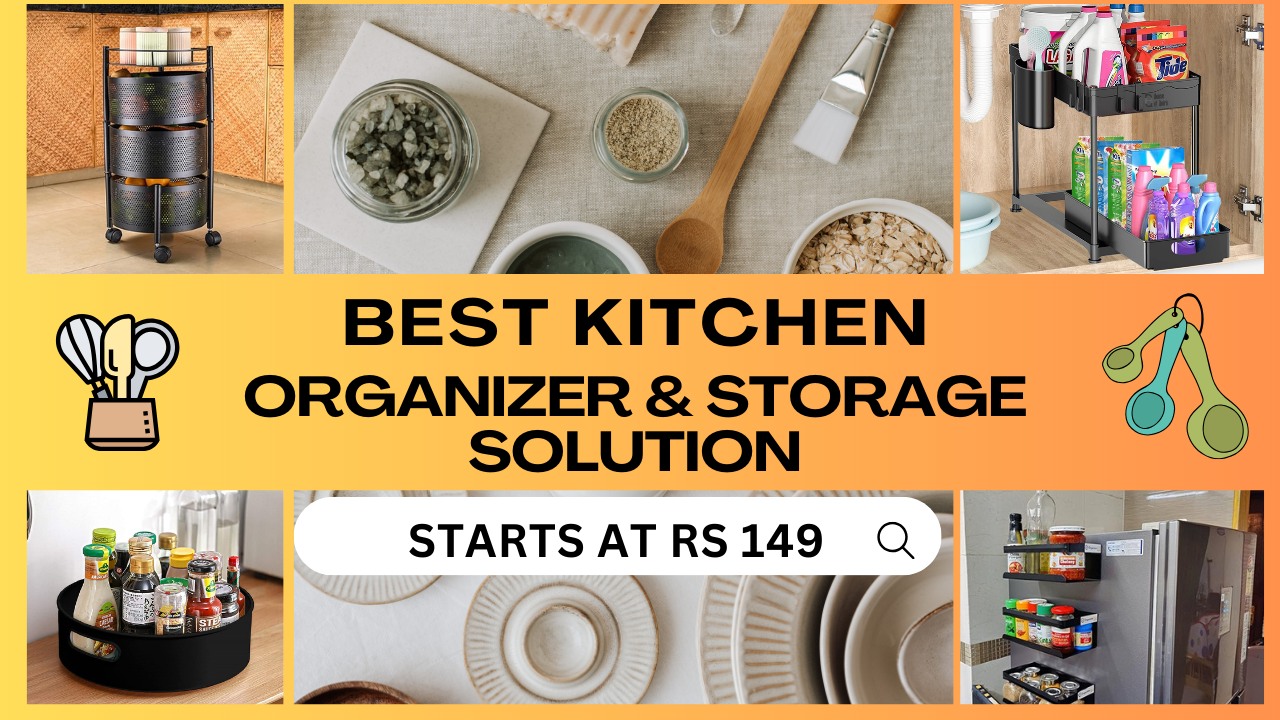
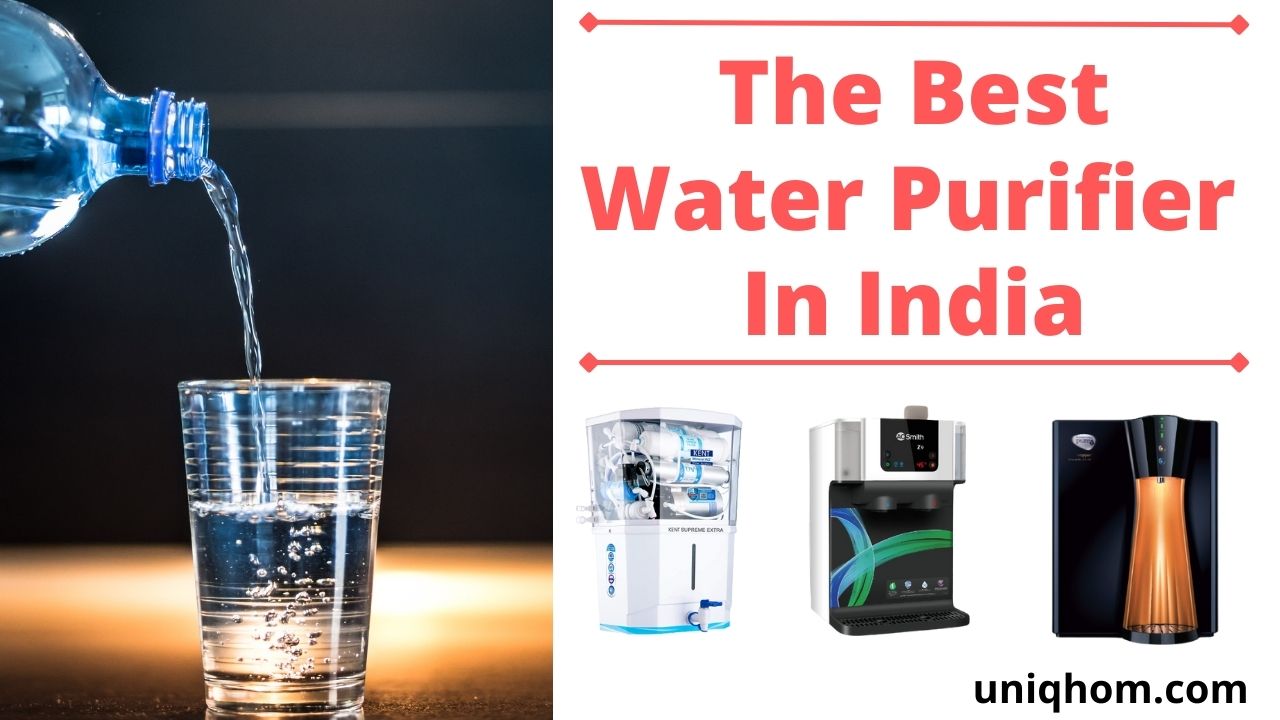

One thought on “Should you buy a water purifier in India 2022?”